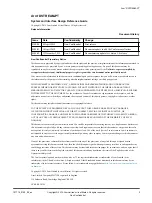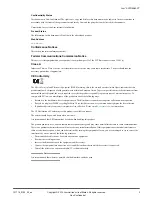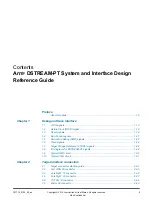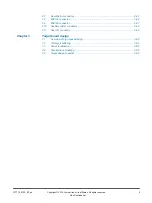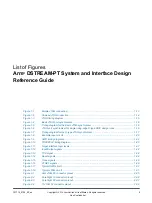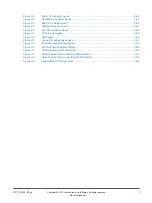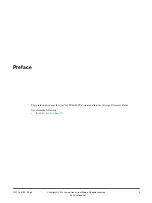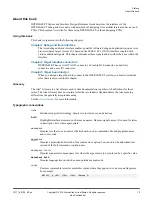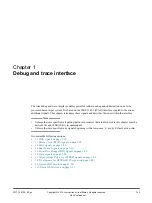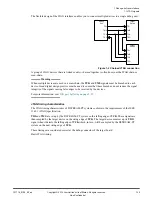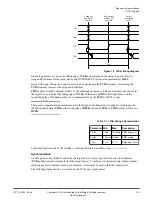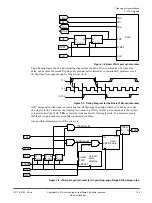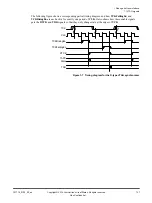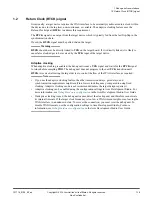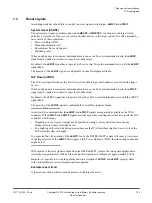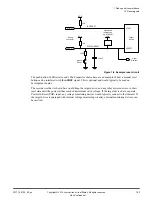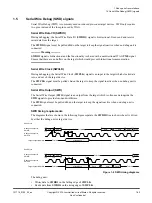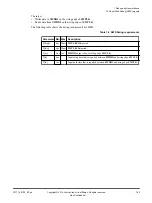Reviews:
No comments
Related manuals for DSTREAM-PT

LS42 - BladeCenter - 7902
Brand: IBM Pages: 56

ATA 133
Brand: IBM Pages: 2

BladeCenter Management Module
Brand: IBM Pages: 78

9040-MR9
Brand: IBM Pages: 110

Remote Supervisor Adapter II
Brand: IBM Pages: 132

OL 4503
Brand: Laird Pages: 36

R3000 Series
Brand: M86 Security Pages: 46

Hotwire 5100
Brand: Paradyne Pages: 45

ZEL508
Brand: Pima Pages: 4

HR11C
Brand: Rolls Pages: 2

HAIIC MICA
Brand: HARTING Pages: 13

7100 VPN
Brand: Lancom Pages: 70

PDS-1/10G
Brand: East Coast Datacom Pages: 19

HPE-6S2
Brand: IEI Technology Pages: 3

PNR-5304
Brand: Eneo Pages: 68

PCEU-43R
Brand: AXAGO Pages: 2

BF01
Brand: ICOP Technology Pages: 34

Serial Attached SCSI (SAS) Expander Card
Brand: Adaptec Pages: 26


